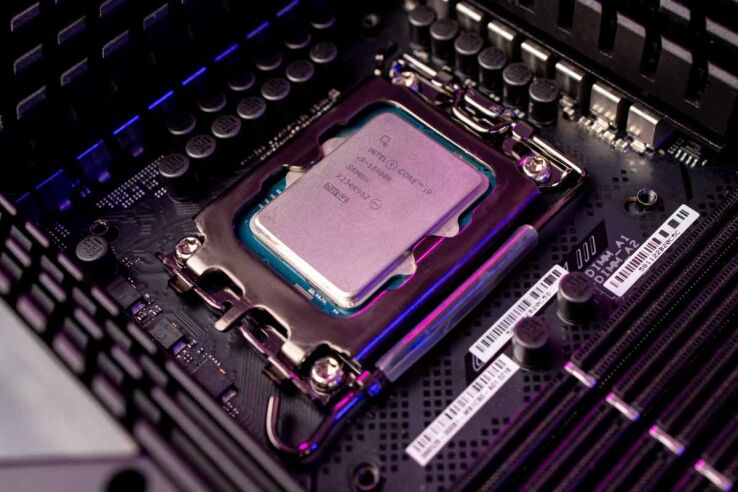What is CPU virtualization?
What is CPU virtualization? Let's find out.

WePC is reader-supported. When you buy through links on our site, we may earn an affiliate commission. Prices subject to change. Learn more
CPU virtualization is a technology that allows a single CPU to act as if it were multiple CPUs, each running a different operating system. By default, a single CPU can only serve a single operating system. With virtualization, the CPU’s resources can be split up to allow it to serve the demands of multiple operating systems simultaneously.
Now Read: Best CPU for gaming
Do I need CPU virtualization enabled?
CPU virtualization is most beneficial to those who are looking to play around with virtual machines or use a single processor for multiple computers.
Virtual machines are very commonly used by professionals in programming, development, cybersecurity, testing, and related fields, as they allow one to carry out tests and simulate activities on a fresh OS without needing to buy a separate physical computer.
If you don’t have a need for a virtual machine, you probably don’t need CPU virtualization enabled. It’s disabled on most motherboards be default due to there being some potential security risks in the past.
These security issues have been resolved now, for the most part, so there’s no problem with having virtualization enabled, either.
Performance-wise, you won’t see a difference in your computer’s capabilities unless you’re using virtualization software such as VirtualBox to run a guest OS.
If you do, your CPU’s resources will be split between your host OS and the guest OS on your virtual machine. Consequently, any CPU-intensive activities being carried out on your host OS could take a hit.
How can I enable CPU virtualization?
You can enable CPU virtualization in your computer’s BIOS menu. While your system is booting after a shutdown or restart, press the BIOS key. This key is usually one of the “F” keys – F2, F7, F12, and the like. You can find out which key it is for your motherboard by consulting the user manual, although you could also just go with trial and error until you get it right.
The exact steps to enable CPU virtualization vary depending on your computer model and BIOS version, but you’re looking for an option related to Virtualization. It can also be named Intel VT-x or AMD-V. Once you find this option, enable it, save changes, and exit.
Virtualization will be enabled after your PC finishes booting.
FAQs
Here are some of the most frequently asked questions regarding Virtualization.
Does CPU virtualization influence gaming performance?
Simply put, no, it does not. Having CPU virtualization enabled alone does not influence your system’s performance in any significant way. If you’re running a VM while also trying to game, then, of course, you would be stripping your game engine of the CPU resources it needs to perform effectively.
The two are not related. SMT (Simultaneous Multithreading) technology, branded as Hyperthreading for Intel and Multithreading for AMD, allows a single processor core to function as two “logical” processors. In other words, a single core can tackle two different tasks at once.
Virtualization simply allows you to run multiple operating systems on a single processor. This isn’t possible normally, but your virtualization software acts as an intermediary between the two operating systems and your single CPU chip.
Do I need CPU virtualization for emulators?
If you frequently use Android emulators such as Bluestacks, you may have noticed that they’re constantly bugging you with alerts and notifications to have CPU virtualization enabled.
Having virtualization does yield a noticeable performance improvement with these emulators, because they allow the emulator to use virtualization technology, processing the Android OS using your physical CPU’s resources directly.
When virtualization is disabled, there is an additional layer of software-based processing involved in translating the Android-based processes into those that can be understood and processed by your host OS.
Enabling virtualizations simply removes this layer of additional processing and makes things more streamlined.